Over the last few years we have seen an influx of small/mini flashes coming to the market. These flashes are ideal for mirrorless cameras, small cameras like the Ricoh GR range and Fuji X series or older DSLRs whose flashes have broken. When Zeniko reached out (via 35mmc) to asked if I would be interested in reviewing the Zeniko ZF08 flash unit, I jumped at the chance. This review sums up my experiences after having the flash for a month.
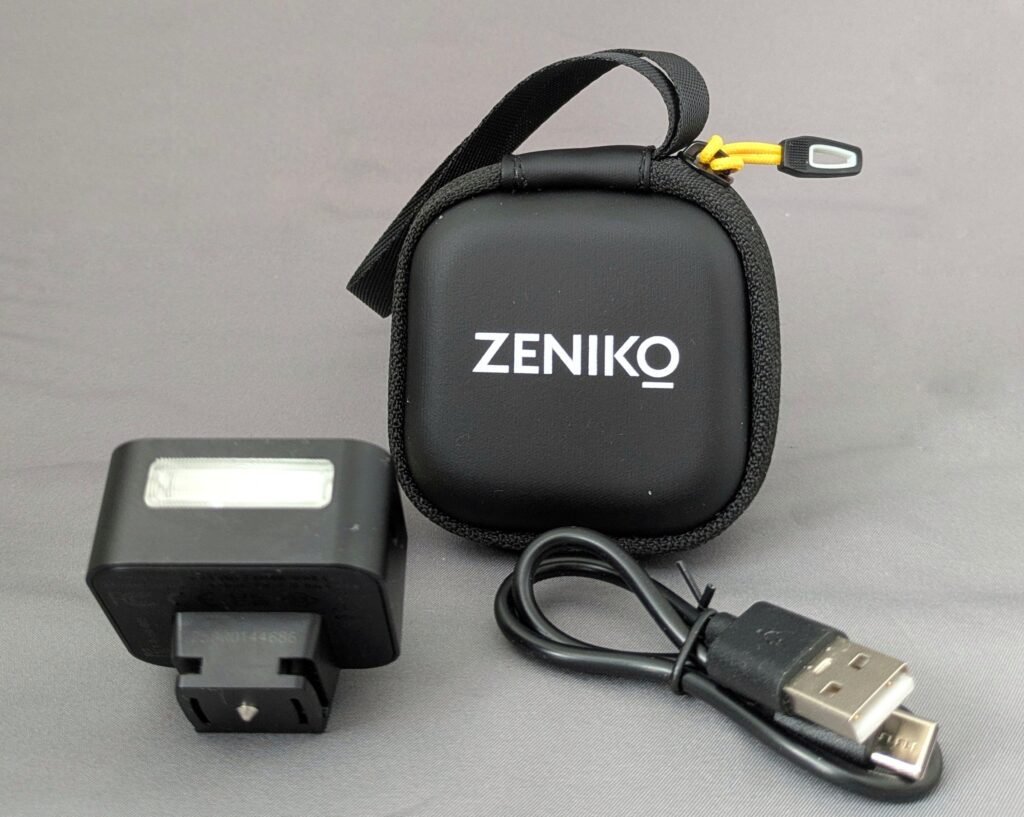
The Zeniko ZF08 flash arrived in a nice presentation box. Along with the flash, a single folded sheet manual in English & Chinese, a USB-C cable and a semi-hard case.
I’m not a big flash user but do use one occasionally. My go-to is the Lightpix Labs Flash Q20. I have always thought was a fairly compact flash until receiving the ZF08. The Zeniko ZF08 is tiny, measuring 4x4x3 cm, including the hot shoe mount. The unit is all one piece, with the base made of plastic and the top part of the flash made of what I think is aluminium, and it weighs only 36 grams.
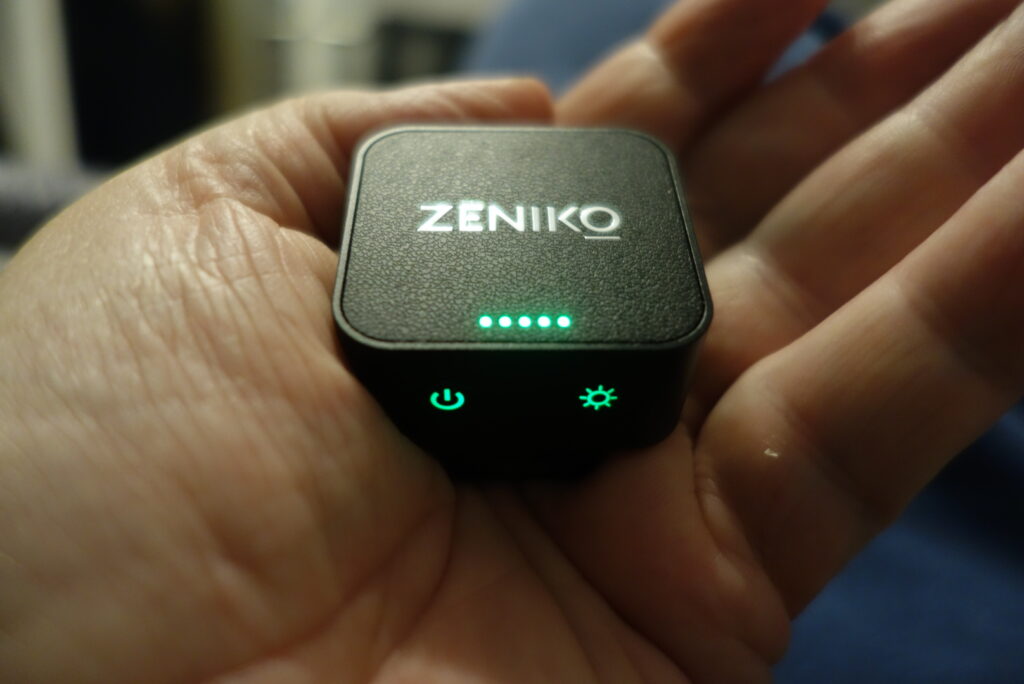
The Zeniko ZF08 is a very minimal design with only a USB-C charging port on one side, two buttons on the back and 5 small LED lights on top, the USB-C port is to charge the 470mAh built-in lithium battery. The battery takes around 70 minutes to fully charge and one charge gives about 440 flashes at 1/1 power.
It attaches via the hotshoe mount and has a single universal pin meaning in theory, it will work with any camera. The three main cameras I have tried it on are a Nikon d5100, a Sony RX100 II and an Olympus Pen EE3 film camera and it has worked fine on all three.
The two buttons are the on/off button and the flash power button. Yes, this tiny flash has 5 power settings from 1/16 to 1/1 power, and the recycle of the flash at 1/1 is around 3 seconds.
The 5 LED lights show green when the flash is ready and red when recycling the charge. One green LED is 1/16 power and 5 equals 1/1.
A long press on the on/off button will test fire the flash and a long press on the power button shows how much power is in the battery indicated via the LED lights.
The Zeniko ZF08 has a low profile on all the cameras which is good as you can leave it on permanently. However this does mean that if using a long lens or large lens front, the flash will get blocked and not light the scene correctly. I had this happen when using an 18-35mm D lens because of the large size of the lens front.

The Zeniko ZF08 is fully manual. If your camera has a set flash sync, like the d5100, which is set at 1/200, it’s just a matter of setting this, and you’re ready to shoot.
If your camera has a leaf shutter, things get a little bit more complicated as you can shoot at any shutter speed. This is where a flash guide number comes in useful; by knowing this you can set flash power, aperture and shutter speeds. It is especially useful when shooting analogue as you don’t want to be wasting film, bracketing shots to get the right combination of f-stop and distance to subject.
Unfortunately the manual that comes with the flash doesn’t tell you what Guide Number the flash has.I did contact the supplier to enquire about this and the reply was:-
We don’t specify a Guide Number for this flash, as we focus more on its faster-than-average recycling time and lightweight, portable design—perfect for daily and travel photography.
I did manage to work out the GN for this flash using the d5100 and some basic maths. The GN is 16 which is quite powerful for such a tiny unit, when most DSLR pop-up flashes are about 12 and the new Pentax 17 is around 18
The colour temperature for the flash is 6500K±200K which is in the cool white range and has a bluish tone to it. This doesn’t really affect the images and if the images look a little cool, it can be warmed up in post.
On all 3 cameras I’ve used the Zeniko ZF08 sits really well on the hotshoe and has a good grip, it doesn’t feel as the flash will fall off even though there is no screw to tighten the flash down.
The first area I wanted to try the flash was an area that is quite dark most of the time, Leak Street graffiti tunnel.
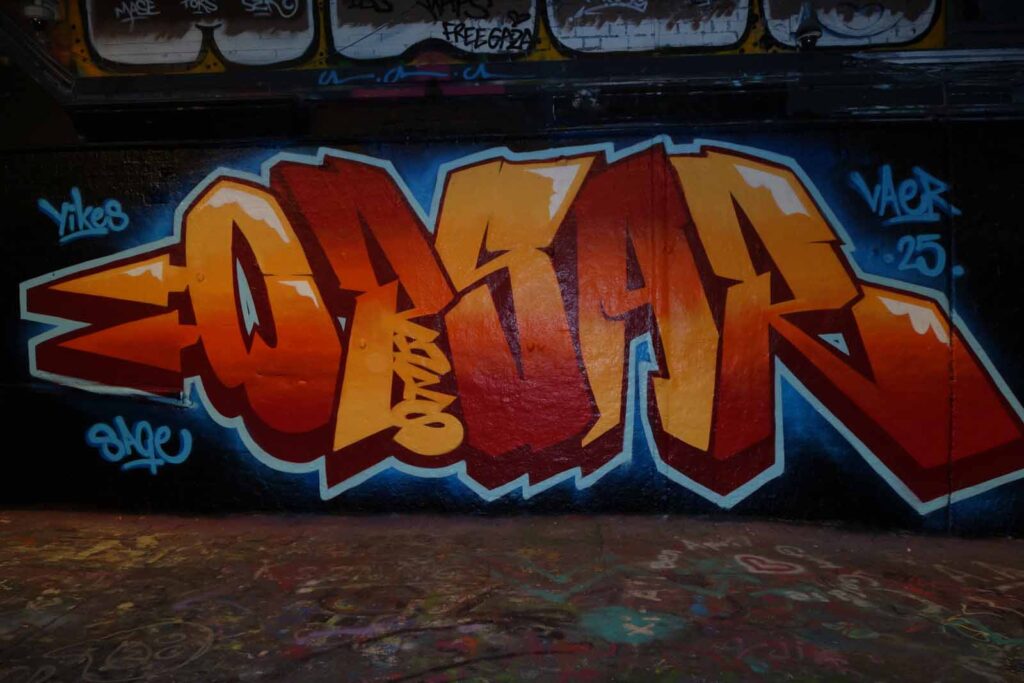
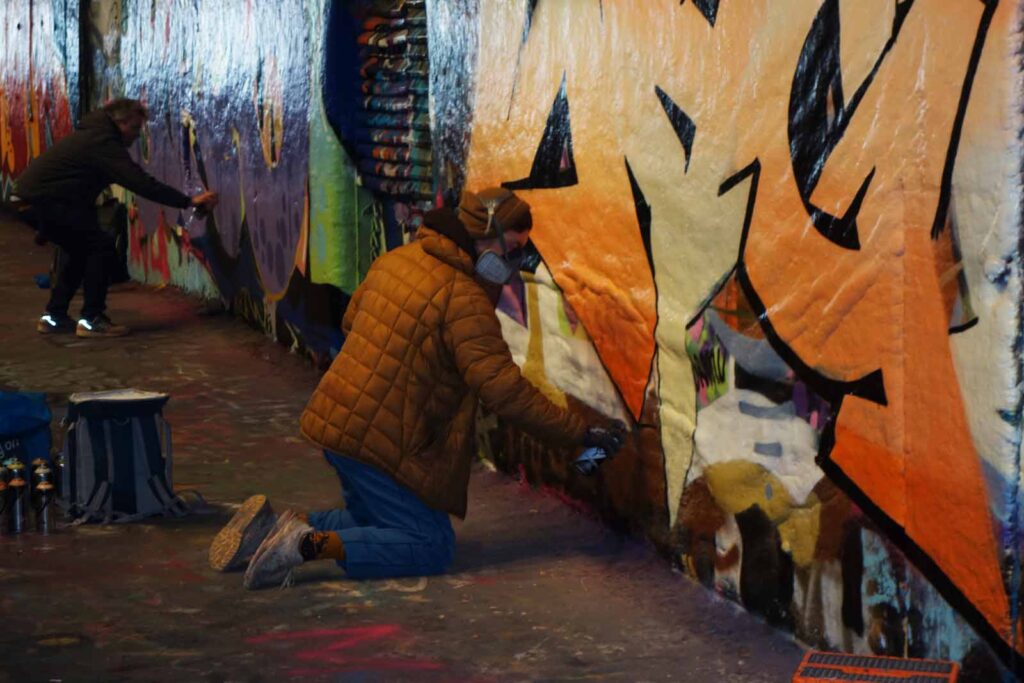

The flash performed well in this tunnel, and the first two images above were shot on half power, the third on full power.
Also, while in the tunnel, I used the flash with the Olympus PenEE3.
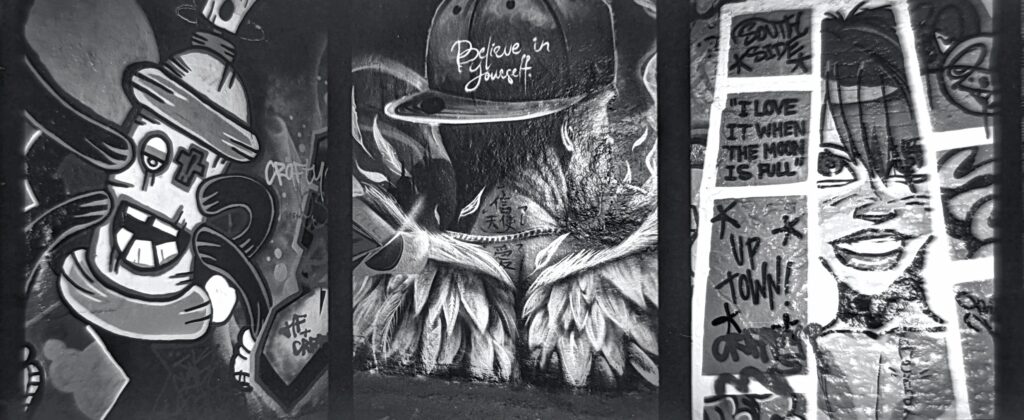
The next chance to use the Zeniko ZF08 was at a classic car show. The day was sunny & bright, not the sort of day that you’d need a flash but it did come in handy as a fill-in flash for the cars interiors.
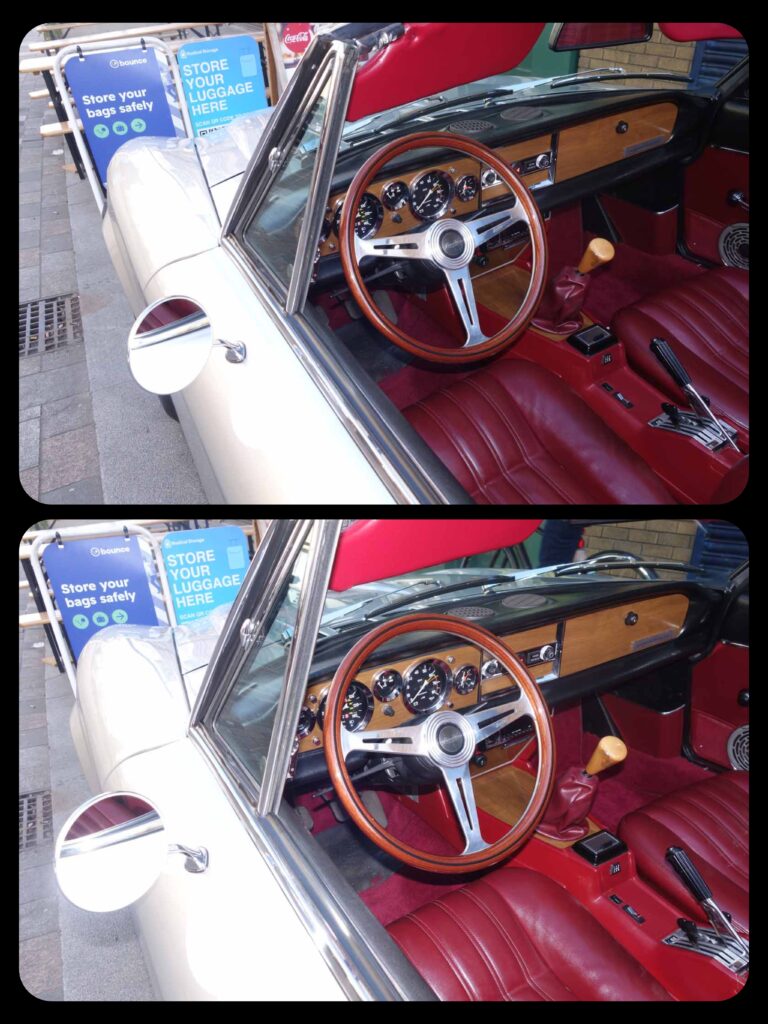
You can see from the above images how the first image, although the image looks fine, there is some darkness in the footwell of the car with no flash. The second image is with the flash at ¼ power and opens up the interior nicely.
Another area I wanted to try with the flash was using a macro lens. I have an old Nikkor 28-105mm f/3.5-4.5D Macro lens, which I use on my F80 but works on the d5100 too.
Both images were shot at 105mm in macro at 0.5m. For the Peli Motto and Grogu model, the flash was set to ⅛ power and lit the model really well and even added some catch light in the eyes. The Andy shot was at 1/16 and the flash has given the white in the image a slight blue tinge to it, due to the colour temperature of the flash.

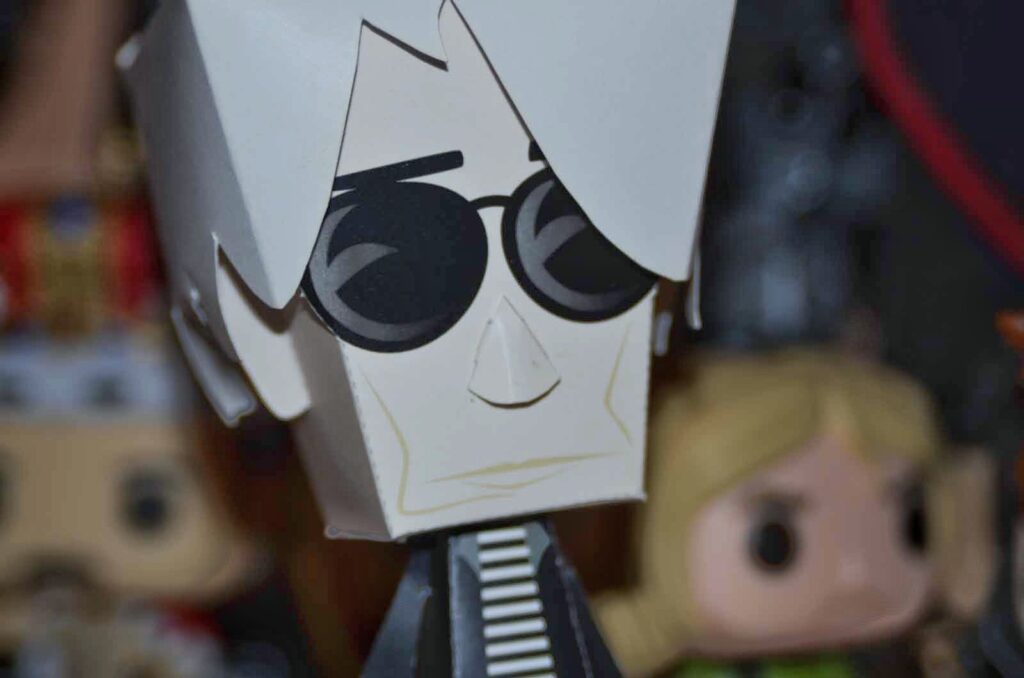
I also shot some comparison shots with and without the flash to give an idea of how much power this little flash can put out.
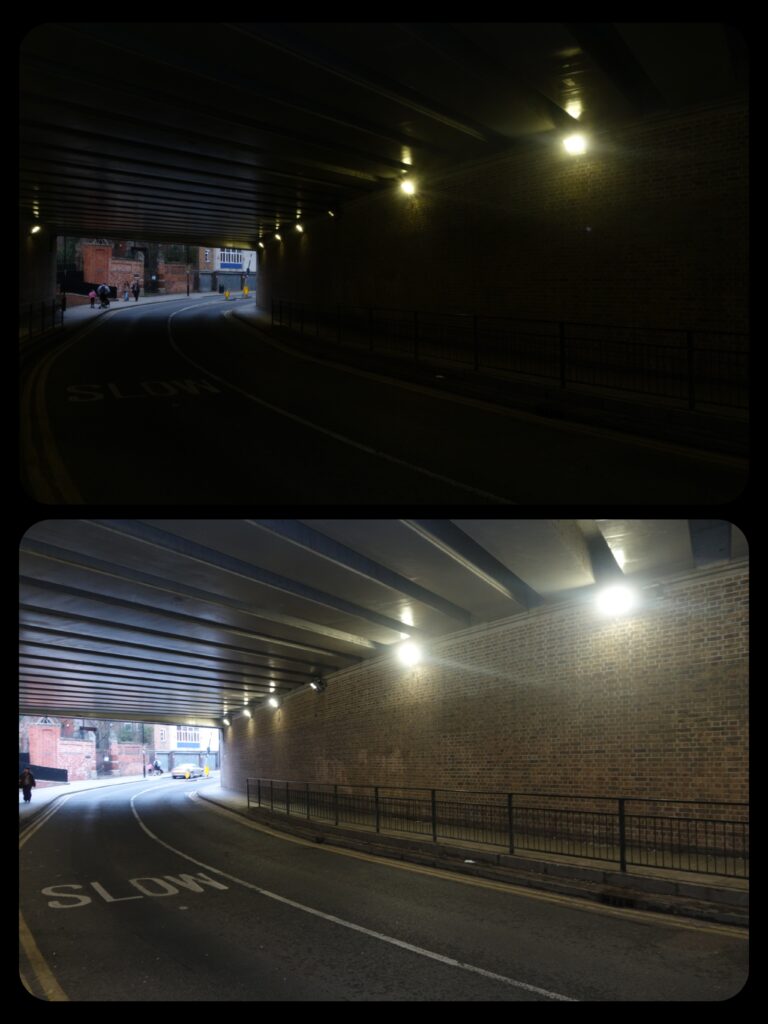
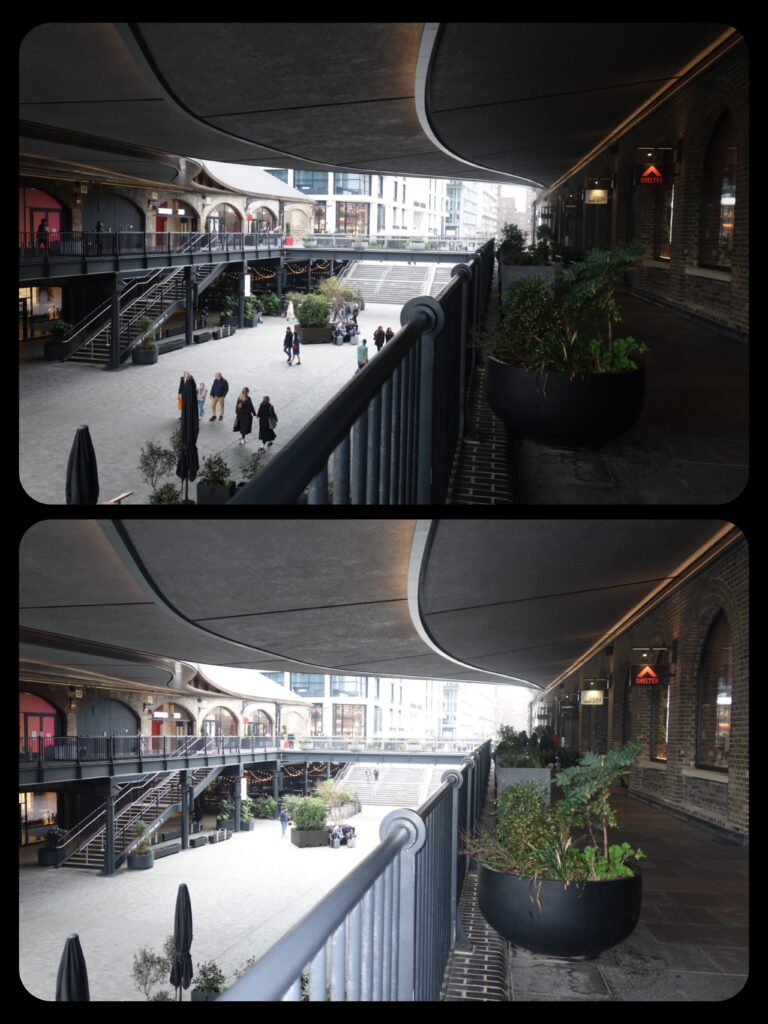
Like I said in the introduction, I’m not a big flash user but this little flash is so small and compact that it takes up hardly any room in a bag, so it is worth carrying all the time, for the odd occasion you might need a flash.
Pros
- Small & lightweight
- Has a good range of speeds for such a tiny flash
- USB-C charging
- You hardly notice it on a small compact camera.
Cons
- It’s fully manual and so some may not like this.
- Some lenses will block light and cause shadows.
Overall the Zeniko ZF08 is a great tiny flash for using as a fill in flash or when you need that extra light in dark situations and don’t want to crank up the ISO.
Share this post:
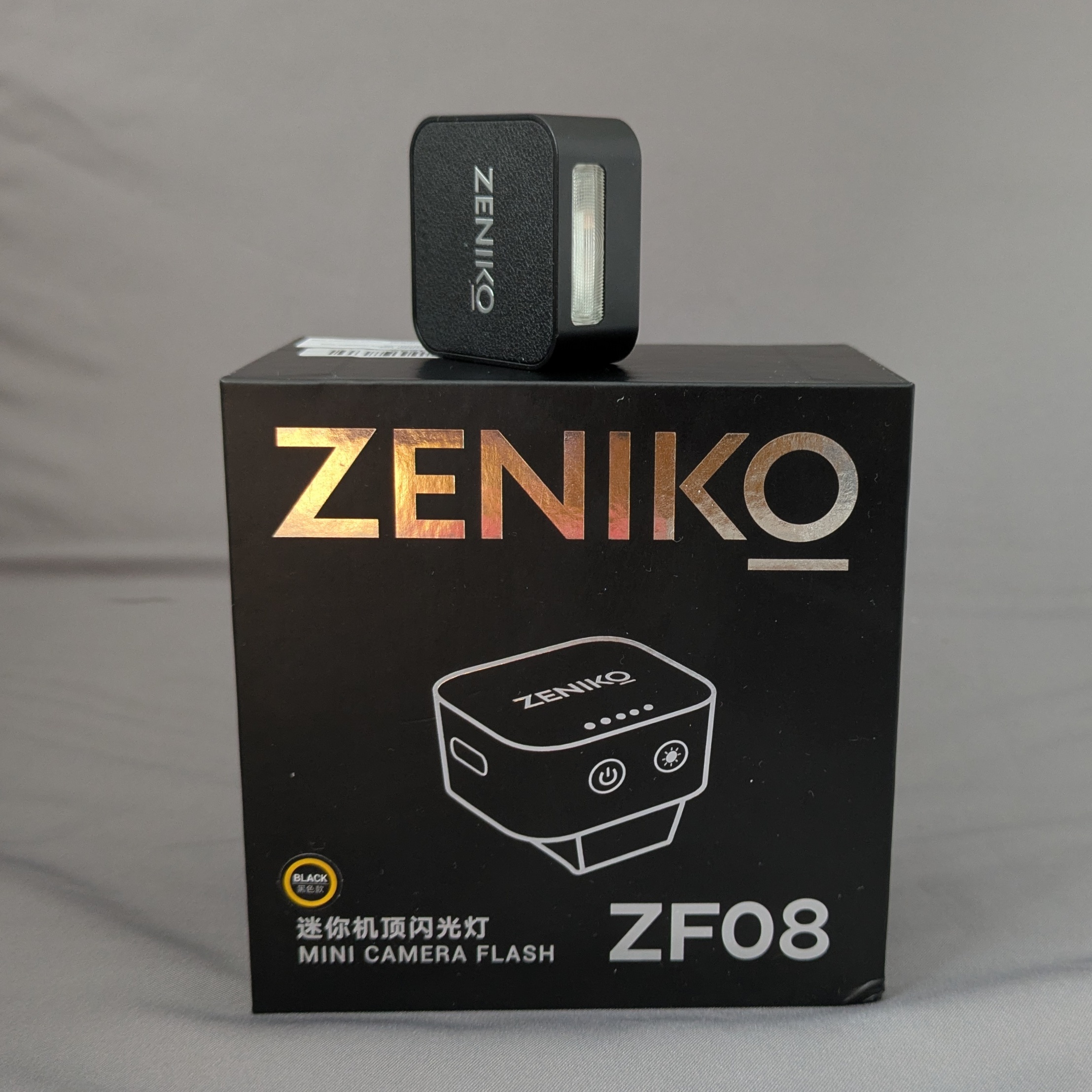
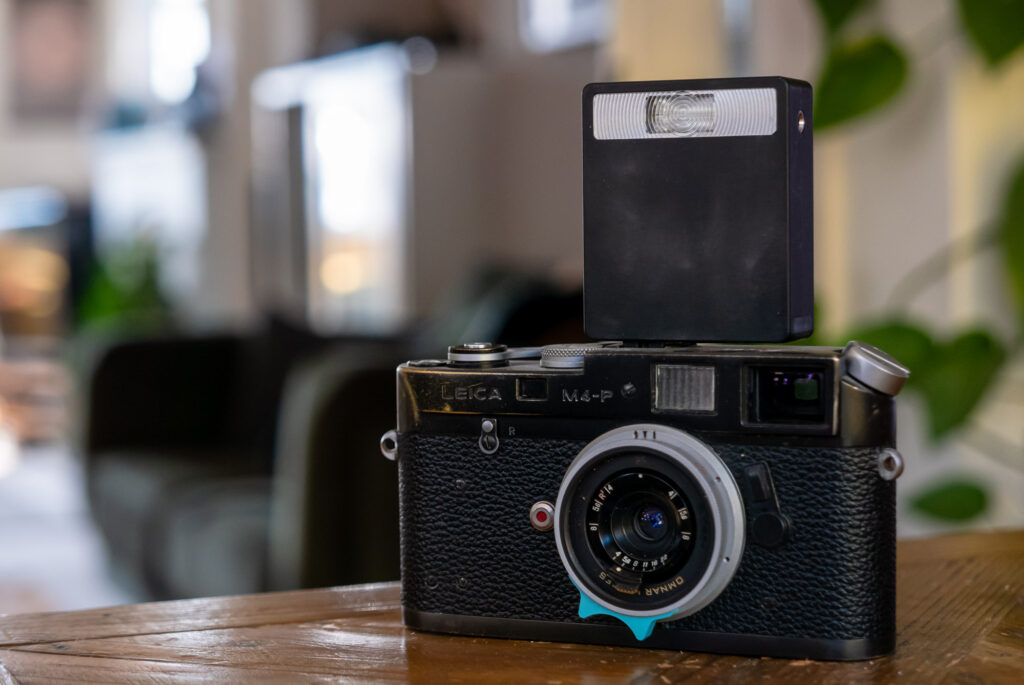
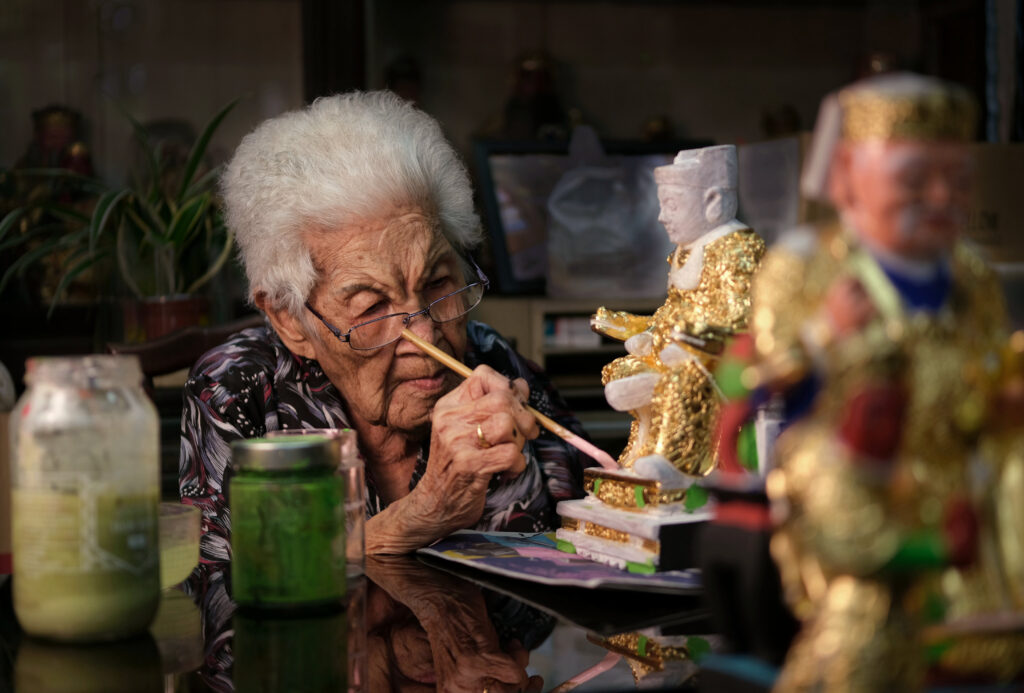
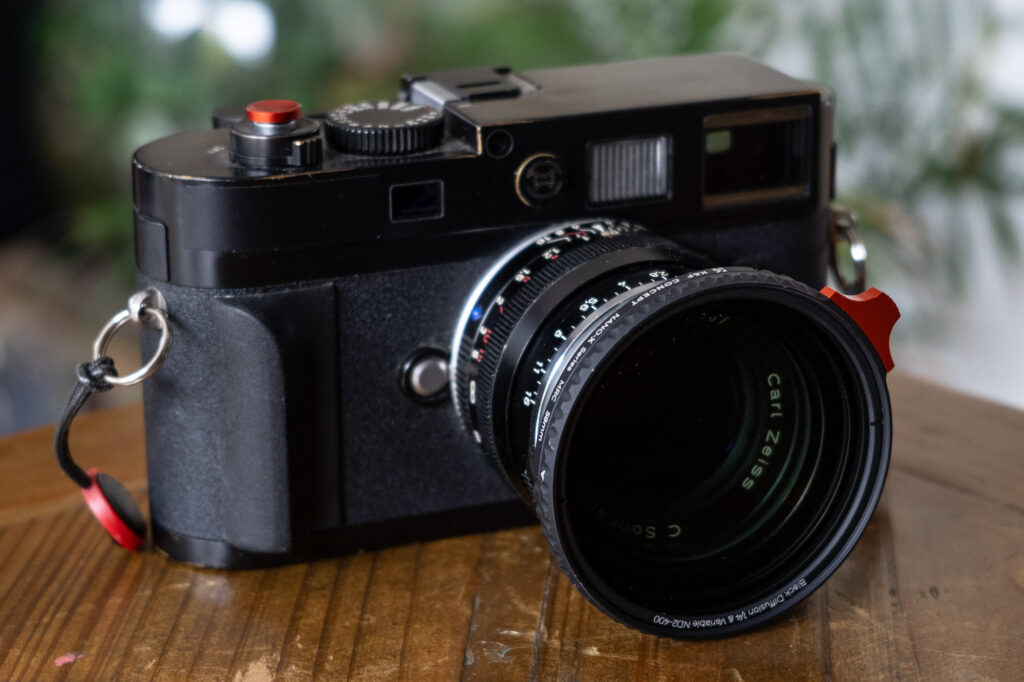
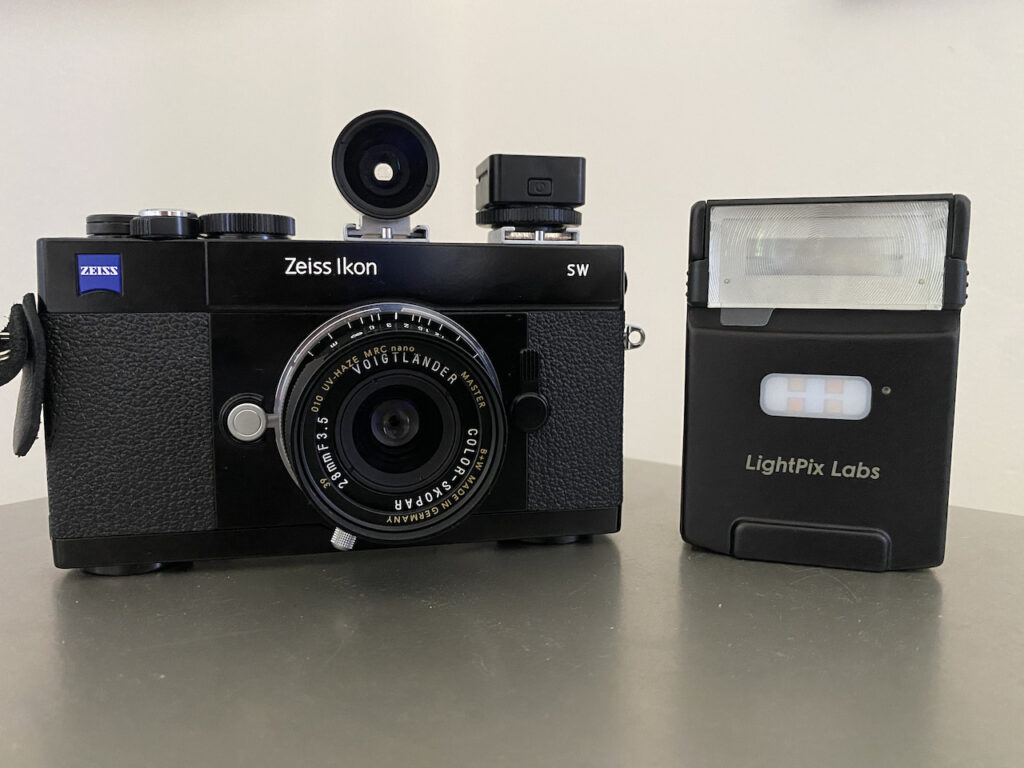
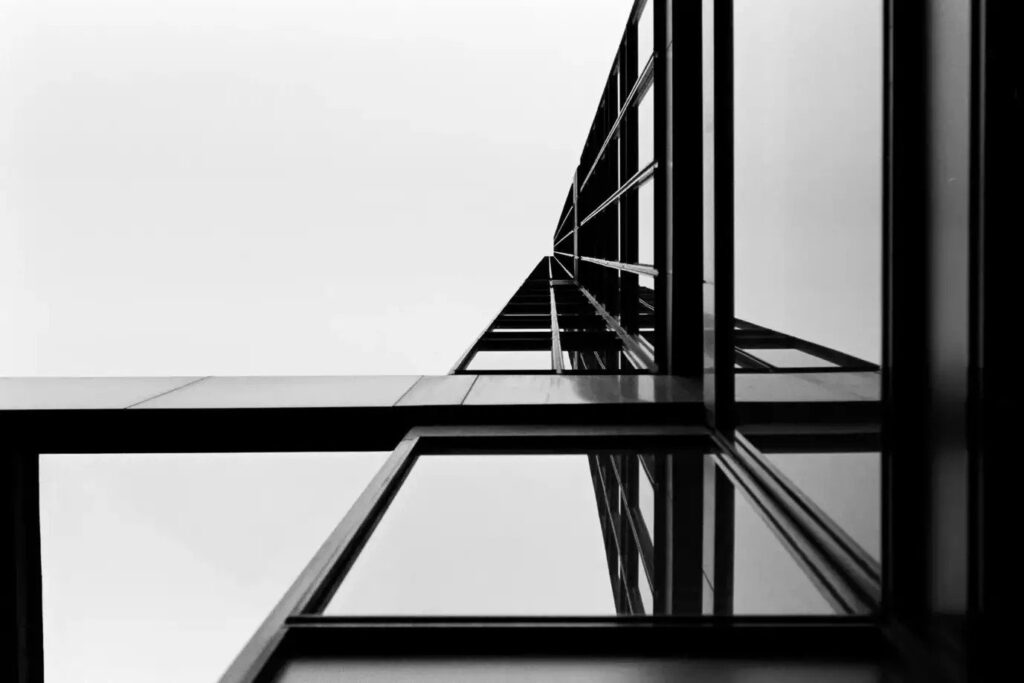
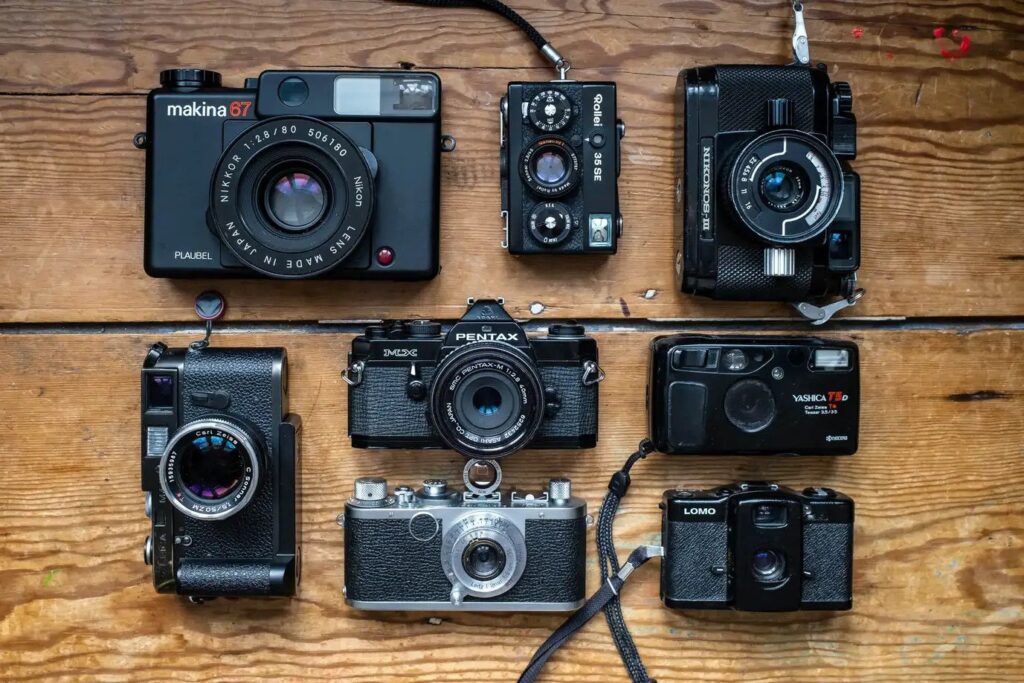
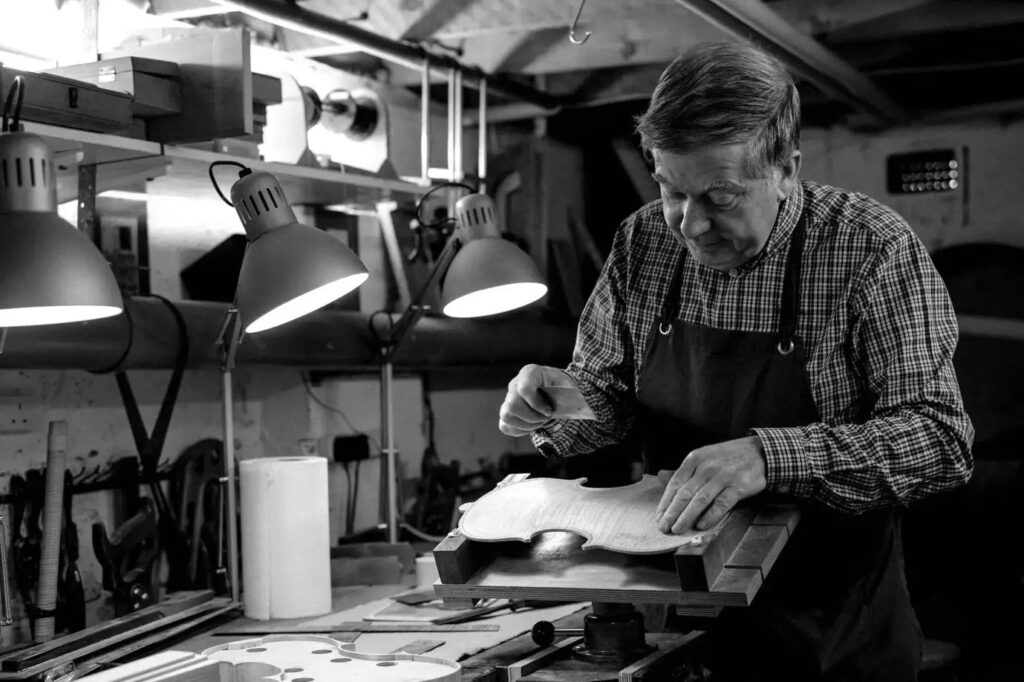
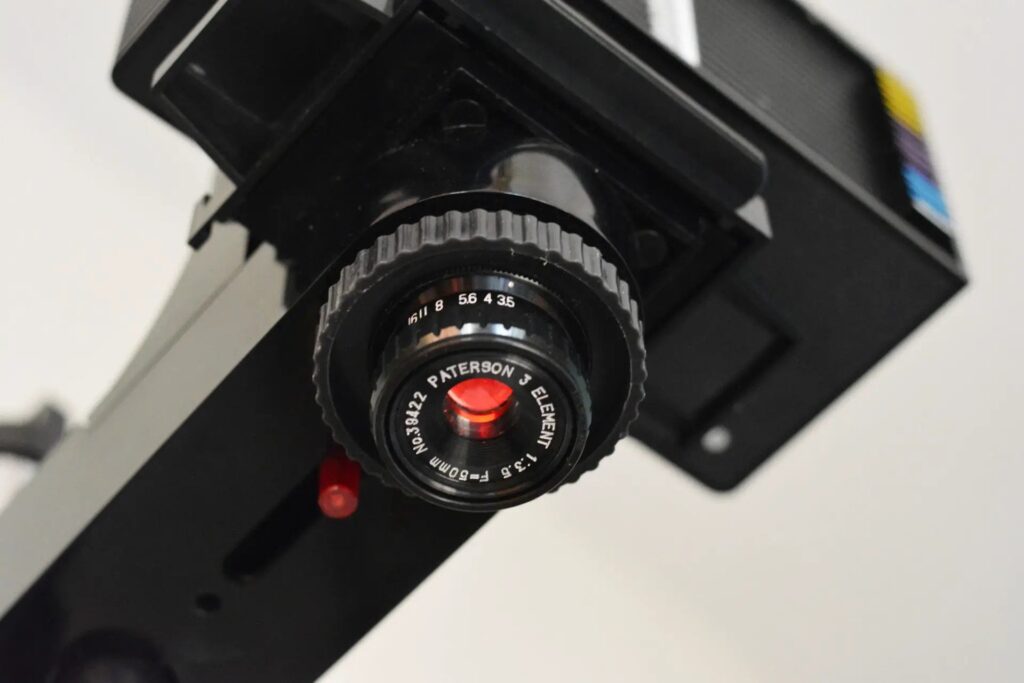
Comments
Bruce Parker on Zeniko ZF08 Mini Universal Flash Review
Comment posted: 09/04/2025
Thanks again
Comment posted: 09/04/2025
Comment posted: 09/04/2025
Gary Smith on Zeniko ZF08 Mini Universal Flash Review
Comment posted: 09/04/2025
I was quite impressed by the light thrown in your comparison shots.
Thanks for the review!
David Dutchison on Zeniko ZF08 Mini Universal Flash Review
Comment posted: 09/04/2025
Comment posted: 09/04/2025
Wim van Heugten on Zeniko ZF08 Mini Universal Flash Review
Comment posted: 09/04/2025
Comment posted: 09/04/2025